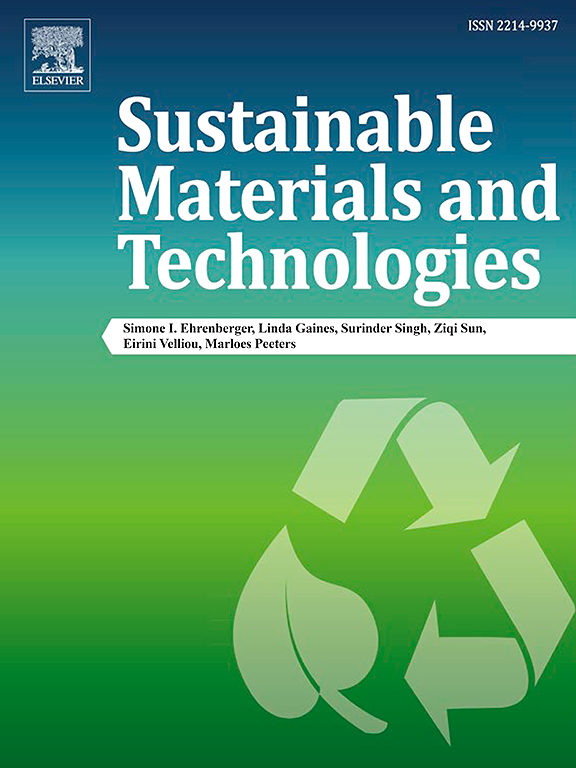A critical review of waste tire pyrolysis for diesel engines: Technologies, challenges, and future prospects
IF 8.6
2区 工程技术
Q1 ENERGY & FUELS
引用次数: 0
Abstract
Conversion of waste tires through the pyrolysis process presents significant potential to tackle waste management problems of waste tires. This study aims to critically analyze the waste tire pyrolysis process and its products, with a particular focus on waste tire pyrolysis oil. Key factors examined include types of pyrolysis processes, thermo-physical properties, desulphurization methods, reactor designs, and the performance, emissions, and combustion characteristics of waste tire pyrolysis oil. Microwave and vacuum pyrolysis processes were identified as highly efficient methods. Among desulphurization techniques, ultra-sound oxidative desulphurization proved exceptionally effective due to its low operation requirements and cost efficiency. The conical spouted bed reactor emerged as the most efficient reactor design for pyrolysis oil production. Additionally, response surface methodology demonstrated promise as an optimization tool for refining pyrolysis process parameters. Less aromatic chemicals, less viscosity and high cetane number were found to be favorable characteristics for application of tire pyrolysis as alternative fuel for diesel engines. All these collectively position tire pyrolysis oil as a viable alternative fuel to diesel. However, the by-products of the pyrolysis process – solid char (recovered carbon black), oil, and gas – face limitations due to process complexity, economic challenges and environmental concerns. With industrial growth and global warming, a shift towards sustainable, economical, and green waste rubber management was cited. The circular economy model offers eco-friendly, effective, and sustainable alternatives to pyrolysis for waste tire management. Recycling methods like ground tire rubber, Reclaiming/Devulcanization, and thermosets/WTR systems are eco-friendlier and more cost-effective. Hydrogen production and carbon nanotubes can be efficiently achieved through waste tire pyrolysis. Supervised machine learning has also been employed to predict the characteristics of the pyrolysis process, though further focused efforts are needed to enhance its application. Additionally, the integration of the Internet of Things in waste tire pyrolysis remains limited and requires significant advancements in the future.

求助全文
约1分钟内获得全文
求助全文
来源期刊

Sustainable Materials and Technologies
Energy-Renewable Energy, Sustainability and the Environment
CiteScore
13.40
自引率
4.20%
发文量
158
审稿时长
45 days
期刊介绍:
Sustainable Materials and Technologies (SM&T), an international, cross-disciplinary, fully open access journal published by Elsevier, focuses on original full-length research articles and reviews. It covers applied or fundamental science of nano-, micro-, meso-, and macro-scale aspects of materials and technologies for sustainable development. SM&T gives special attention to contributions that bridge the knowledge gap between materials and system designs.
 求助内容:
求助内容: 应助结果提醒方式:
应助结果提醒方式:


